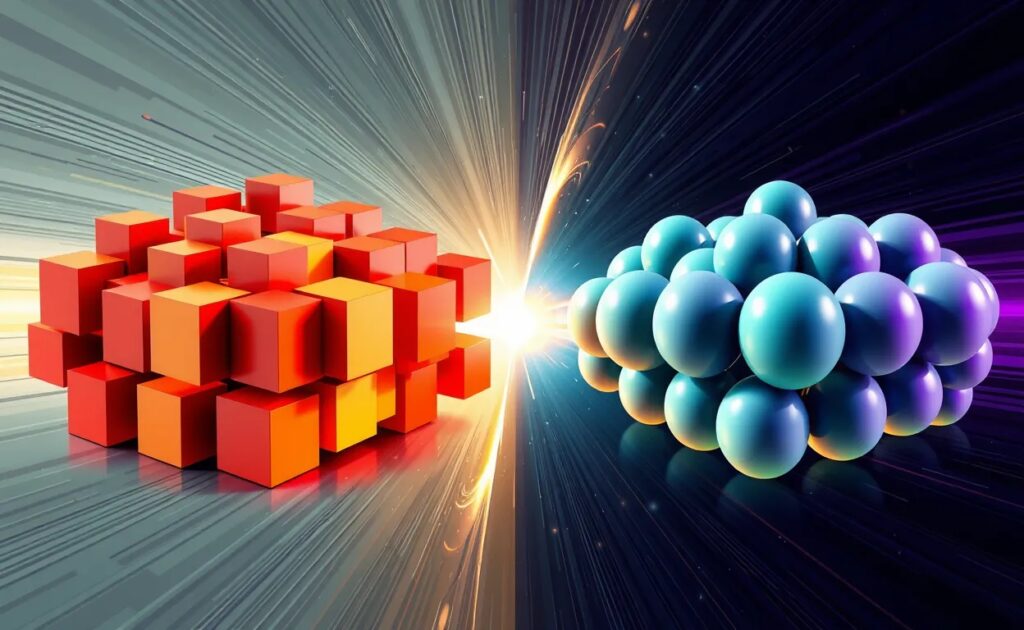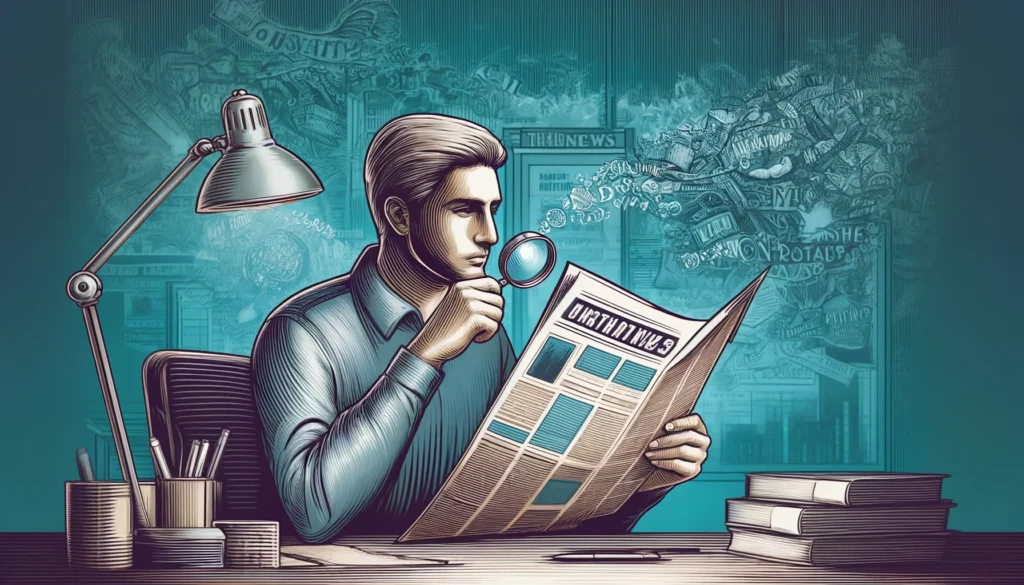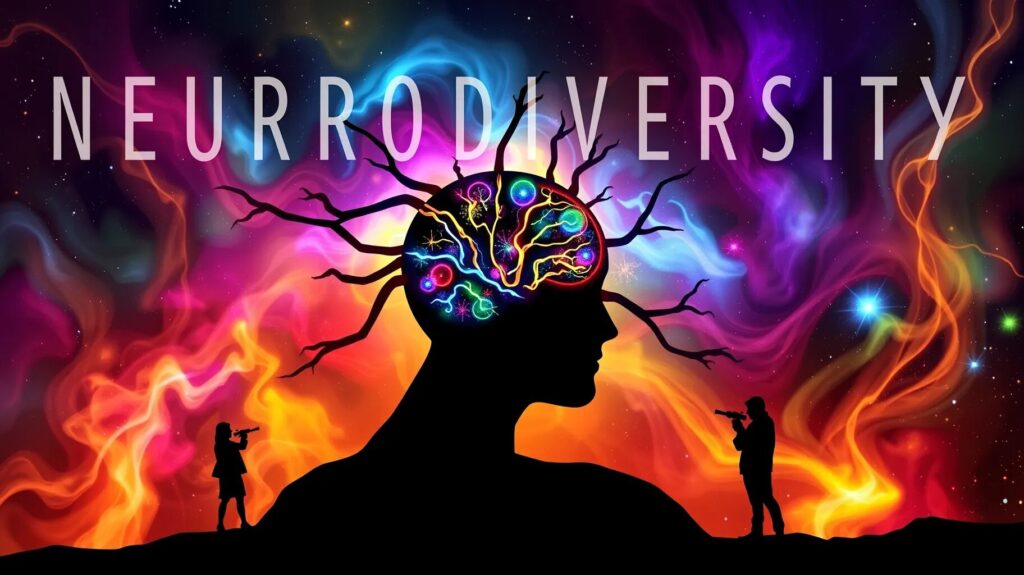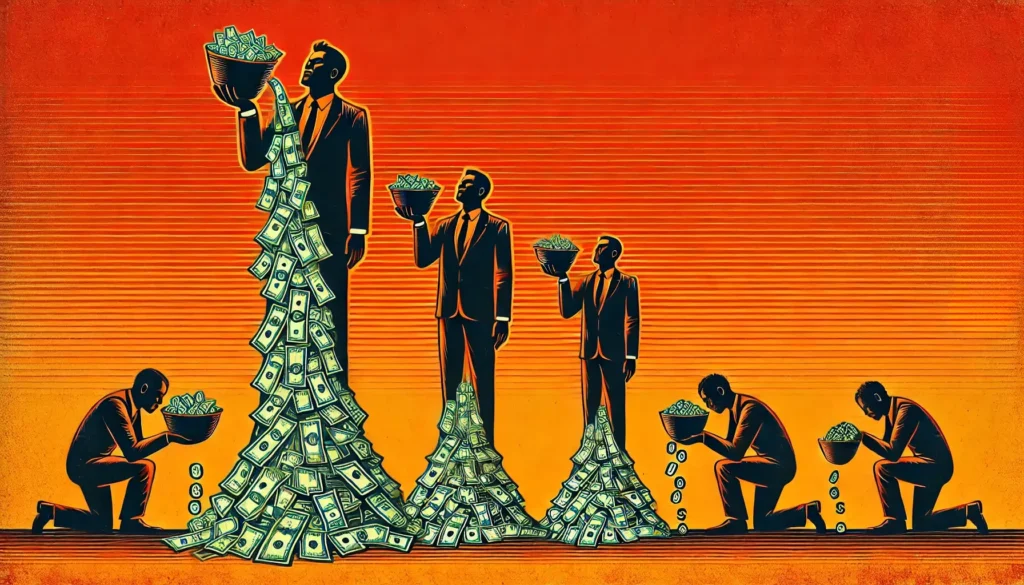
Understanding SDG 10 and Its Significance
What Is SDG 10?
Sustainable Development Goal 10 (SDG 10) focuses on reducing inequalities within and among countries. The United Nations established this goal to address economic disparity, social injustice, and unequal opportunities. It’s a critical step toward global equity and peace.
AI offers transformative solutions to achieve equality faster and more efficiently than traditional methods. By analyzing vast data sets and automating tasks, AI can highlight and address systemic inequalities.
Key Challenges Addressed by SDG 10
Inequalities stem from multiple factors: wealth gaps, gender biases, and unequal access to services. These challenges are most pronounced in developing nations but persist worldwide.
AI-powered tools like predictive modeling and data analytics identify hidden trends, empowering policymakers to implement targeted interventions.
Why Addressing Inequality Matters
Inequality stifles growth. Studies reveal that equal societies experience higher levels of innovation and improved quality of life.
Promoting equality ensures inclusive opportunities, lifting marginalized groups and providing sustainable economic benefits. AI’s capabilities can make this vision a reality.
AI-Powered Solutions to Combat Economic Disparities
Using AI to Improve Wealth Distribution
Economic inequality remains a critical barrier. AI tools can analyze national income data to expose hidden patterns and trends. Governments can leverage insights to design progressive tax policies and allocate resources more effectively.
Projects like the World Bank’s Poverty Prediction models show how AI-driven data analysis can target poverty-stricken regions for intervention.
Supporting Small and Medium Enterprises (SMEs)
SMEs are essential for inclusive economic growth, yet they often lack access to credit or markets. AI solutions, like credit scoring algorithms, help lenders assess creditworthiness, offering fairer loan opportunities.
Startups using AI, such as Kiva and Tala, provide microloans to underserved communities, breaking the cycle of poverty and inequality.
Identifying Labor Market Disparities
AI systems scan labor markets to spot wage gaps, hiring biases, and regional disparities. These insights enable governments and organizations to create fair employment practices.
Automated platforms also connect underserved job seekers with relevant opportunities, reducing unemployment gaps.
AI in Promoting Inclusive Education
Bridging the Educational Divide
Inequality often begins in education. AI-powered tools like adaptive learning platforms personalize lessons for students based on their abilities and needs.
For instance, platforms like Khan Academy and Duolingo use AI to democratize quality education, making it accessible even in resource-scarce regions.
Language Translation for Broader Access
Language barriers often limit educational access. AI-driven translation tools enable educators to deliver content in multiple languages, helping communities with diverse linguistic needs.
Google Translate and other Natural Language Processing (NLP) systems foster multilingual inclusivity, ensuring no learner is left behind.
AI-Assisted Education for Marginalized Groups
AI has empowered marginalized groups, including women and people with disabilities, to access education. Tools like speech-to-text software or assistive technologies for visually impaired students help remove barriers to learning.
These innovations level the playing field, ensuring equitable learning environments worldwide.
AI’s Role in Tackling Healthcare Inequalities
Enhancing Access to Medical Care
Many communities lack access to essential healthcare. AI platforms help bridge these gaps by offering remote medical consultations and diagnostics.
Projects like Babylon Health and AI-powered telemedicine services are extending healthcare access to rural and underserved populations.
Identifying Health Disparities
AI can analyze demographic and health data to identify systemic disparities. For example, it may pinpoint communities with higher infant mortality rates or limited vaccine coverage.
This enables NGOs and governments to allocate resources strategically, saving lives and improving health outcomes.
Affordable Treatments Through AI
AI-driven drug discovery accelerates the development of affordable medications for diseases that disproportionately affect poorer regions. Initiatives like BenevolentAI aim to make treatments accessible to those most in need.
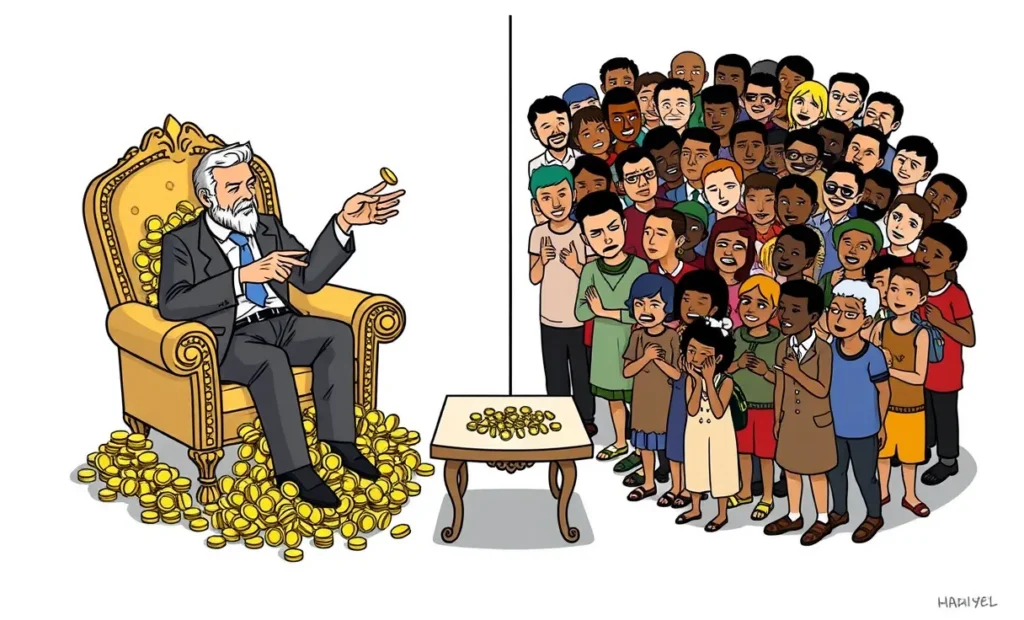
Leveraging AI for Social Inclusion
Detecting Discrimination
AI algorithms are used to detect discriminatory practices in areas like housing, hiring, and criminal justice. By analyzing large volumes of case data, AI identifies patterns of bias that might otherwise go unnoticed.
The implementation of these insights encourages fairer systems and policies.
Supporting Minority Voices
Social media platforms use AI to amplify minority voices, enabling marginalized groups to share their perspectives on global stages. For instance, AI-driven content recommendations foster inclusive dialogues.
This approach promotes understanding and collaboration, vital for reducing societal divisions.
Accessible Technology for All
AI has enabled the creation of universally accessible tools, like voice-controlled assistants and wearable devices. These tools empower people with disabilities, ensuring equal participation in society.
OpenAI’s advancements in NLP illustrate how inclusive technologies can transform daily life for millions.
AI in Advancing Equal Opportunities for Women
Breaking Gender Barriers in Employment
AI-driven platforms are tackling gender inequality in workplaces. Recruitment systems, when designed responsibly, can minimize hiring biases by focusing on skills over demographics.
Tools like Pymetrics and HireVue use unbiased AI algorithms to evaluate candidates, promoting equal opportunities for women.
Empowering Women Entrepreneurs
AI-powered financial platforms are opening up new possibilities for women in business. Through microfinancing apps and digital credit scoring, women entrepreneurs gain access to resources they’ve historically been denied.
Examples like Grameen Bank demonstrate how such tools empower women in underserved regions to thrive economically.
Promoting Digital Literacy Among Women
Digital literacy is a vital skill for navigating modern economies. AI-enabled training programs, such as SkillUp or Coursera, offer tailored learning paths, ensuring women gain relevant technical skills and improve employability.
Fighting Geographic Inequalities with AI
Addressing Urban-Rural Gaps
Rural areas often lack access to essential services. AI-powered solutions, like drone delivery systems and smart agricultural tools, are bridging the urban-rural divide.
For instance, companies like Zipline use AI to deliver medical supplies to remote areas, improving healthcare access.
Smart Cities for Inclusive Growth
AI enables the development of smart cities that prioritize inclusivity. By analyzing urban infrastructure, AI optimizes public transport and housing, making them accessible to all residents.
These innovations enhance quality of life and reduce the concentration of wealth in urban centers.
Tailored Solutions for Vulnerable Communities
AI can identify the specific needs of vulnerable populations within rural areas. By using geospatial data, governments can target infrastructure development, such as building schools or clinics in underserved locations.
How AI Is Revolutionizing Disability Inclusion
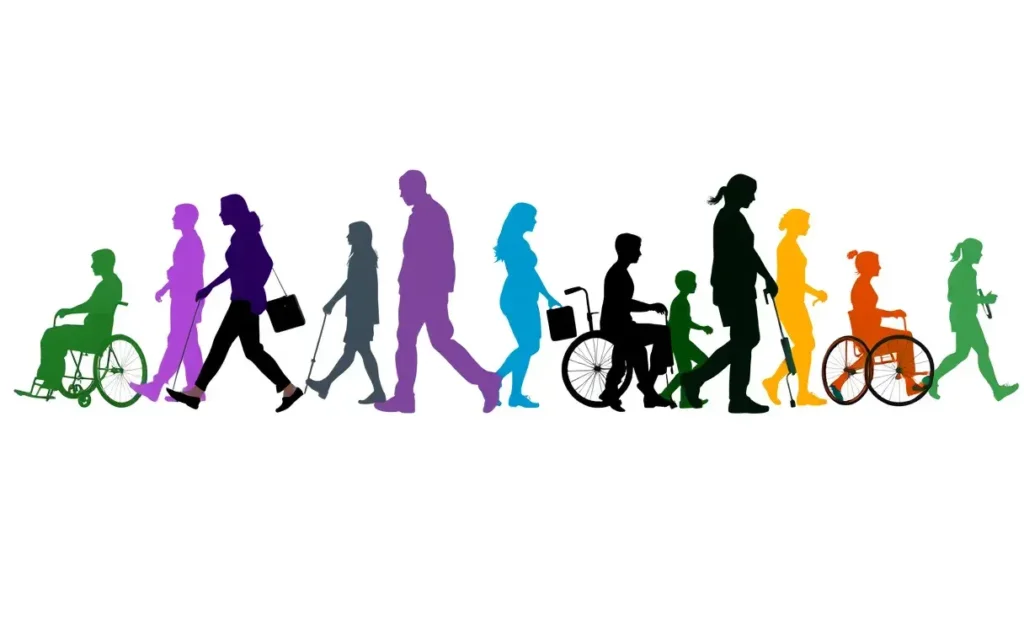
Creating Accessible Workplaces
AI-powered tools like screen readers and speech recognition software are helping people with disabilities succeed in the workplace. Technologies like Microsoft’s Seeing AI foster a more inclusive work environment.
With these tools, employees can overcome barriers and contribute meaningfully.
AI-Enhanced Communication Tools
For individuals with speech or hearing impairments, AI-based communication platforms enable seamless interaction. Apps like Ava use real-time transcription to support better communication in diverse settings.
These innovations enhance social integration and empowerment.
Building Disability-Inclusive Designs
AI aids architects and product developers in creating inclusive designs, such as wheelchair-friendly infrastructure or user-friendly apps for all abilities. This ensures universal accessibility in public and private spaces.
Reducing Systemic Bias with Ethical AI
Eliminating Algorithmic Discrimination
AI systems are not immune to bias. However, advancements in ethical AI focus on reducing discrimination in algorithms. Transparent data practices and regular audits ensure fair and unbiased outcomes.
Organizations like the Partnership on AI are leading efforts to build trustworthy AI solutions.
AI for Equitable Law Enforcement
Bias in law enforcement can exacerbate inequalities. AI-powered tools analyze data to prevent discriminatory practices, such as unfair profiling or sentencing disparities.
For example, the use of AI to assess bail decisions helps remove human bias from the judicial system.
Encouraging Accountability
Ethical AI frameworks encourage governments and corporations to adopt transparent practices. Public-facing tools ensure accountability, helping communities trust AI solutions designed for equality.
Driving Policy Changes Through AI Insights
Supporting Data-Driven Policy Decisions
AI enables policymakers to access detailed insights about societal inequities. For instance, AI can predict the impact of economic reforms on low-income groups, ensuring targeted strategies.
Promoting Fair Representation
Data-driven approaches ensure that minority groups are adequately represented in policies. AI analyzes voting patterns, census data, and demographic statistics to guide fair political processes.
Influencing Global Development Goals
By harnessing AI, global organizations align their efforts more effectively with SDG 10 targets. AI-powered dashboards track progress, ensuring that measurable outcomes are achieved in real-time.
Leveraging AI for Equitable Climate Action
Addressing Climate Inequalities
Climate change disproportionately affects marginalized communities. AI-powered climate models highlight regions at higher risk of disasters, enabling targeted interventions to protect vulnerable populations.
For example, AI tools like IBM’s Weather AI analyze climate patterns to predict and mitigate risks, ensuring no community is left behind.
Sustainable Agriculture Solutions
AI is revolutionizing agriculture by providing precision farming techniques that increase yield while reducing costs. This benefits small-scale farmers in developing countries, helping them compete on a global scale.
Platforms like FarmBeats use AI to offer real-time farming insights, fostering equitable access to technology.
Renewable Energy Access
AI-driven solutions are expanding access to renewable energy in remote areas. Through predictive analytics, governments can optimize energy distribution, ensuring electricity reaches underserved regions.
Projects like SolShare demonstrate how AI enables energy-sharing grids, empowering rural households.
Tackling Digital Inequality with AI
Bridging the Digital Divide
AI is instrumental in expanding internet access to rural and underserved areas. Technologies like Google’s Project Loon and SpaceX’s Starlink use AI to optimize connectivity, ensuring more people have access to digital tools.
This access allows marginalized communities to engage with global markets and resources, reducing the digital gap.
Accessible Digital Platforms
Inclusive design in AI ensures platforms are accessible to individuals with varying literacy and abilities. Voice-enabled interfaces and chatbots simplify technology use, bringing more people online.
Tools like JioPhone in India provide low-cost, AI-enhanced digital access, empowering millions.
Promoting Digital Skills
AI-enabled educational platforms focus on teaching tech skills to underserved populations. These tools create personalized learning paths to ensure learners, regardless of background, gain essential digital knowledge.
Organizations like Code.org and UNESCO’s AI projects emphasize upskilling marginalized groups, building a more inclusive digital workforce.
AI’s Role in Strengthening Global Partnerships
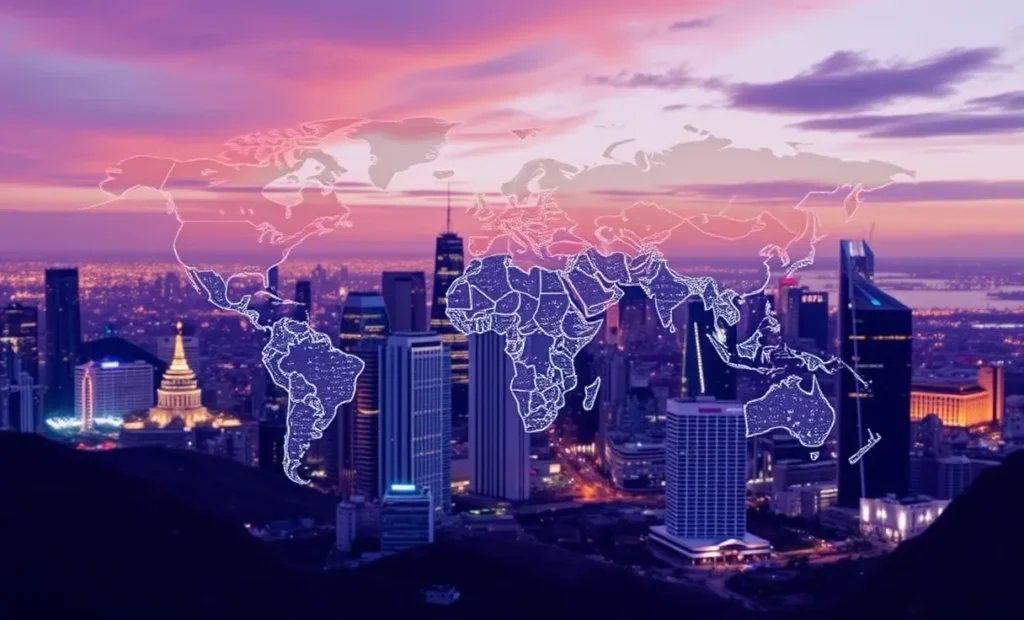
Facilitating Cross-Border Collaborations
AI supports international efforts by analyzing global data and connecting organizations with similar goals. Shared platforms allow NGOs, governments, and corporations to align their initiatives for greater impact.
The United Nations leverages AI tools to track SDG 10 progress, ensuring coordinated efforts worldwide.
Enhancing Resource Sharing
AI optimizes resource allocation by identifying regions or organizations with surplus and those in need. This data-driven redistribution promotes fair access to resources, improving global equity.
For instance, AI models are used to match excess food supplies with regions experiencing shortages, reducing hunger and waste.
Building Inclusive AI Communities
To fight inequality, it’s essential to involve diverse voices in AI development. Global partnerships encourage the participation of underrepresented groups in tech, fostering equitable innovation.
Ethical Considerations for AI in Equality
Preventing AI Misuse
While AI offers incredible potential, misuse can widen inequalities. For instance, biased algorithms can perpetuate discrimination. Ethical AI guidelines emphasize responsible use to ensure tools reduce—not exacerbate—gaps.
Governments and organizations like AI Now Institute are working to ensure ethical compliance in AI systems.
Data Privacy and Protection
AI relies on large datasets, but privacy concerns often arise. Ethical AI ensures data collection respects individual rights, particularly in vulnerable communities. Secure systems and transparent policies build trust.
Balancing Automation and Employment
Automation can lead to job displacement if poorly managed. AI developers and policymakers must focus on reskilling programs and equitable employment opportunities to minimize negative effects on vulnerable groups.
Future Prospects: AI as a Force for Equality
Expanding AI Accessibility
Advances in AI will make its tools increasingly accessible to underserved populations, empowering more individuals to participate in economic and social progress.
Encouraging Global Advocacy
AI provides real-time insights to inform global advocacy campaigns, ensuring that equality remains a central focus of sustainable development goals.
Achieving SDG 10 Targets
With its unmatched analytical capabilities, AI accelerates progress toward SDG 10, enabling a world where equality is not just an aspiration but a reality.
Conclusion:
AI is a powerful ally in the fight against inequality, offering scalable solutions to address disparities across economic, social, and geographic lines. By integrating AI with ethical practices and global cooperation, humanity can advance SDG 10 goals and build a more equitable world for all.
FAQs
Is AI affordable for developing nations?
AI technologies are increasingly becoming cost-effective. Open-source platforms like TensorFlow and affordable hardware solutions ensure that developing nations can leverage AI.
Organizations like UNICEF are deploying AI in low-income countries to tackle education and health challenges without straining budgets. For example, AI chatbots deliver maternal health advice via text in regions with limited internet connectivity.
What are the ethical concerns in using AI for equality?
Key concerns include data privacy, algorithmic transparency, and the risk of misuse. For example, collecting data without consent can lead to exploitation or surveillance.
Efforts like the Partnership on AI advocate for ethical AI development, ensuring that technology is used to foster equity rather than deepen inequalities.
How can AI address geographic inequalities?
AI-driven geospatial tools help identify underserved regions, enabling governments to deploy resources like schools, roads, or clinics where they’re needed most. For example, drones powered by AI deliver medical supplies to remote areas through initiatives like Zipline.
In agriculture, AI tools such as FarmBeats provide rural farmers with crop insights, bridging the urban-rural divide in access to technology.
Is AI only for large-scale solutions?
Not at all. AI benefits individuals and small communities, too. For example, microloan apps like Tala use AI to assess creditworthiness, offering loans to individuals without traditional credit histories.
Similarly, small businesses use AI-driven platforms for market analysis and customer insights, leveling the playing field against larger competitors.
How is AI helping marginalized groups gain visibility?
AI amplifies minority voices on platforms like social media. Content recommendation algorithms prioritize underrepresented perspectives, enabling diverse conversations.
For example, tools like Ava provide real-time transcription, empowering people with hearing impairments to engage in live discussions. These technologies make sure no one is left unheard.
What’s next for AI in achieving SDG 10?
Future advancements will focus on scaling AI solutions, making them even more accessible. For example, initiatives like low-power AI models aim to bring powerful technologies to regions with limited infrastructure.
Moreover, AI will continue to improve global collaboration, enabling organizations to align resources and strategies for greater equality.
How does AI contribute to fairer labor markets?
AI tools analyze labor market trends to identify wage disparities and hiring biases. For instance, AI-powered platforms like LinkedIn use data to recommend job opportunities that align with an individual’s skills, regardless of background.
In addition, companies use AI to implement transparent recruitment systems, ensuring that all candidates are evaluated fairly based on their qualifications.
Can AI improve accessibility for people with disabilities?
Absolutely. AI has revolutionized accessibility through tools like screen readers, real-time transcription apps, and wearable devices. Microsoft’s Seeing AI, for example, helps visually impaired users interpret their surroundings using smartphone cameras.
Speech-to-text software and AI assistants like Alexa or Siri empower people with disabilities to interact with technology and access services independently.
How does AI address gender inequality?
AI promotes gender equality by reducing bias in decision-making systems. For example, recruitment platforms like Pymetrics focus on evaluating candidates based on skills, minimizing gender-based discrimination.
Moreover, AI supports initiatives like microfinance platforms targeting women entrepreneurs, helping them access funding and business resources that are traditionally hard to secure.
Can AI support climate justice for marginalized groups?
Yes, AI helps vulnerable populations adapt to climate change by predicting extreme weather events and guiding disaster preparedness efforts. For instance, AI models identify flood-prone areas, enabling proactive measures to protect communities.
Additionally, renewable energy projects powered by AI optimize distribution networks, ensuring that marginalized groups have access to affordable, clean energy.
What steps ensure AI is used ethically in reducing inequality?
Ethical AI practices involve transparency, accountability, and inclusivity. This includes conducting regular audits of algorithms, engaging diverse stakeholders in AI development, and adhering to data privacy regulations like GDPR.
Organizations like OpenAI and the Ethical AI Institute focus on developing standards to ensure AI reduces inequality without introducing new risks.
How does AI empower small-scale farmers?
AI transforms agriculture by offering precision farming tools that optimize crop yields and reduce waste. Apps like Plantix use AI to diagnose crop diseases, giving farmers actionable insights.
Moreover, AI-driven market forecasting tools help small-scale farmers decide the best times to sell their produce, ensuring fair prices.
How is AI being used to combat housing inequality?
AI models identify housing market disparities by analyzing real estate data and predicting affordability trends. For instance, local governments use AI to pinpoint areas where affordable housing projects are needed most.
AI also ensures fair allocation of housing resources by removing biases in application processes, giving marginalized groups equal opportunities for housing.
Can AI help with inclusive urban development?
Yes, AI-powered tools enable smart city planning that prioritizes inclusion. By analyzing traffic patterns, housing needs, and resource distribution, AI ensures urban designs accommodate all residents.
For instance, AI assists in creating accessible public transportation systems, benefiting people with mobility challenges and low-income groups.
Is AI contributing to better global aid distribution?
AI optimizes aid delivery by analyzing data to identify regions most in need. Tools like UN’s WFP HungerMap Live use AI to monitor food insecurity, ensuring resources are directed to the right places.
Similarly, AI logistics platforms streamline the distribution of essential supplies during disasters, improving the efficiency of global aid operations.
How does AI promote representation in policymaking?
AI analyzes public data to highlight underrepresented voices in policy discussions. Governments use AI to study demographic trends and tailor policies that reflect the needs of minority groups.
For example, civic platforms powered by AI allow communities to participate in policymaking by sharing insights or voting on proposals, ensuring inclusive governance.
Resources for Fighting Inequality with AI
AI Ethics and Fairness
- Partnership on AI
A global organization focusing on ethical AI development and deployment, offering resources and frameworks for responsible AI practices.
Visit Website - IBM AI Fairness 360 Toolkit
An open-source resource to detect and mitigate bias in AI models, promoting fairness in applications like hiring and lending. - AI Now Institute
A research institute addressing the social and ethical implications of AI, with a focus on reducing inequalities.
Learn More
AI in Global Development
- United Nations SDG Tracker
Tracks progress on Sustainable Development Goals, including SDG 10, with data insights and reports.
Access the Tracker - World Bank’s AI in Development Projects
Case studies and tools showing how AI is applied to combat poverty and inequality in global initiatives.
Visit Resource - AI for Good
A UN-driven initiative showcasing AI projects aimed at achieving sustainable development goals.
AI Tools for Education and Accessibility
- Khan Academy
An adaptive learning platform using AI to provide free, personalized education for students worldwide.
Start Learning - Microsoft Seeing AI
A tool that assists visually impaired individuals in navigating their environment through AI-powered vision.
Learn More - Google AI for Social Good
Google’s resources and case studies on AI applications in education, healthcare, and equality.
AI-Driven Financial Inclusion
- Tala
A micro-lending platform leveraging AI to provide loans to underserved communities worldwide.
Check Out Tala - Kiva
A crowdfunding platform using AI to assess credit risk and offer microloans to entrepreneurs in low-income regions.
Learn About Kiva
AI for Climate and Urban Development
- Zipline
An AI-driven drone delivery system providing critical medical supplies to remote areas.
Learn More - FarmBeats by Microsoft
An AI-powered platform helping small-scale farmers optimize their practices and reduce costs.
Discover FarmBeats - UN Habitat AI Initiatives
Urban development projects using AI to ensure equitable growth in cities, with an emphasis on inclusivity.
Explore UN Habitat
Educational Resources on AI for Equality
OpenAI Resources
Tools and research articles to learn about the capabilities of AI in solving societal challenges.
Explore OpenAI
Coursera AI for Social Good Courses
Online courses covering AI applications in global development and ethical frameworks.
Browse Courses
AI4ALL
A nonprofit organization offering AI education to underrepresented groups, promoting inclusivity in AI development.
Get Involved
